Table of Contents
What is Overdrive?
An Overdrive is a component of a transmission system that is connected to the end of the gearbox to provide maximum driving power with minimum engine input which in turn makes for a smoother and more fuel-efficient ride.
It is a planetary and planetary gear arrangement arranged such that when overdrive is enabled, it provides high rotation per minute to the output shaft with low engine rotation per minute which in turn provides smooth, quiet fuel and high economy to the vehicle.
In some vehicles such as KTM Duke 390, top or sixth gear is said to be overdrive gear.
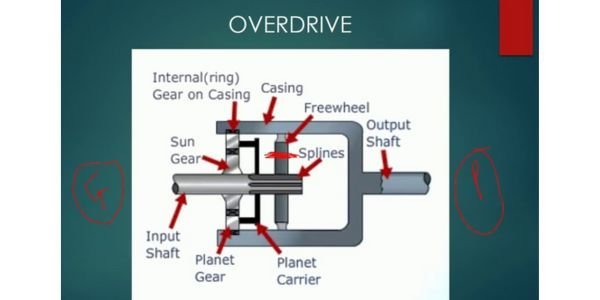
Need for an overdrive
When we go on a long drive we shift our transmission to the highest gear which is said to be the direct drive which means that the final output shaft rotates at the engine speed which in turn somehow increases the load on the shaft. of the motor, then an overdrive can be used with the gearbox which can reduce the load of the motor and provide a high speed (higher than the motor revolutions) for a long time.
In high-end cars like Audi A6, and Mercedes E-Class, luxury and a smooth driving experience are the priority that cannot be compromised, so these automatic transmission cars are equipped with overdrive which makes them more luxurious.
As the engine load is reduced with the use of the overdrive which in turn reduces the wear of the engine and gearbox, we can say that the use of the overdrive also reduces the maintenance of the automotive vehicle.
When it comes to performance, overdrive is said to deliver 30% more rpm than engine rpm.
Overdrive is a technology widely used in modern automobiles to optimize performance, improve fuel efficiency, and reduce engine wear. It is an additional gear ratio that allows the engine to run at a lower RPM (revolutions per minute) than the transmission output, resulting in better fuel economy during highway driving. In this article, we will delve into the construction and functioning of overdrive systems in automobiles, shedding light on the benefits they offer to drivers and the overall driving experience.
Concept of Overdrive:
Overdrive is essentially an extension of the transmission system that allows the engine to operate at a lower speed while maintaining higher vehicle speeds. This is achieved by adding an extra gear to the existing gear set, which has a gear ratio of less than 1:1. Typically, the overdrive gear ratio ranges between 0.7:1 and 0.9:1, meaning that the output shaft rotates slower than the input shaft.
Components:
A typical overdrive system in an automobile consists of the following components:
a) Overdrive Unit: The overdrive unit itself is a compact gearbox that houses the additional gear required for the overdrive function. It can be installed either as a separate unit or integrated into the main transmission casing, depending on the design of the vehicle.
b) Solenoid or Electric Actuator: In modern vehicles, the engagement and disengagement of the overdrive gear are controlled electronically. A solenoid or electric actuator is used to engage and disengage the overdrive gear as per the driver’s input or the vehicle’s operating conditions.
c) Overdrive Control Module: The overdrive control module manages the operation of the overdrive system. It receives signals from various sensors in the vehicle, such as speed sensors, throttle position sensors, and engine load sensors, to determine the appropriate times to engage or disengage overdrive.
d) Overdrive Switch: Most vehicles come equipped with an overdrive switch that allows the driver to manually activate or deactivate overdrive. This feature is especially useful during situations where engine braking is required, such as driving downhill or towing heavy loads.
How Overdrive Works:
When a vehicle is running at highway speeds, the overdrive system can be engaged. As the driver activates the overdrive, the control module receives signals indicating stable operating conditions. It then signals the solenoid to engage the overdrive gear, resulting in power transfer through the overdrive unit instead of the standard transmission gear set.
With overdrive engaged, the engine RPM decreases while maintaining the vehicle speed. This reduction in engine speed leads to several advantages:
a) Improved Fuel Efficiency: Lower engine RPM means the engine consumes less fuel to maintain a given speed, resulting in improved fuel efficiency, particularly during long highway journeys.
b) Reduced Engine Wear: Operating the engine at lower RPM reduces wear and tear on engine components, potentially extending the engine’s lifespan.
c) Quieter and Smoother Ride: With the engine running at a lower RPM, the ride becomes quieter and smoother, enhancing the overall driving experience for passengers.
Benefits:
The integration of overdrive systems in automobiles offers various advantages:
a) Enhanced Fuel Economy: Overdrive can significantly improve fuel efficiency, particularly on long highway trips, helping drivers save money on fuel costs.
b) Lower Emissions: Improved fuel efficiency directly translates to reduced greenhouse gas emissions, contributing to a cleaner environment.
c) Extended Engine Life: The reduced stress on engine components when running at lower RPMs can lead to longer engine life and lower maintenance costs.
d) Increased Driving Comfort: A smoother and quieter ride during highway driving adds to the comfort and enjoyment of the journey.
Operation of an overdrive
Overdrive in cars can be enabled or disabled using any of the methods of electric, magnetic, or pneumatic actuation using a button or knob, in the first case it is sufficient to consider both the enabled and disabled cases to understand how they work.
Overdrive Disabled – When overdrive is disabled, the input shaft passing through the sun gear rotates the sun gear which in turn rotates the constantly meshed planetary gears and then these planetary gears rotate the ring and you get the direct drive (the same as the number of revolutions of the input shaft).
Overdrive Enabled- When the driver has enabled the overdrive, the sun gear becomes fixed which means that the ring is now rotated by the planetary gears, or in other words the input from the input shaft is now transferred through the ” planetary gear to the ring due to which overdrive is achieved, which means that the output shaft now rotates with the highest number of revolutions compared to the input shaft due to the higher reduction ratio of the gears planetary and ring.
FAQ
What is overdrive in automobiles?
Overdrive in automobiles refers to a gear ratio that allows the engine to rotate at a lower speed while maintaining a higher vehicle speed. It is typically an additional gear in the transmission system that provides a higher gear ratio than the direct drive gear.
How does overdrive work in automobiles?
Overdrive works by allowing the output shaft of the transmission to rotate faster than the engine’s input shaft. This is achieved by using a higher gear ratio, which reduces the number of rotations the engine needs to make for each rotation of the wheels. As a result, the engine operates at a lower RPM (revolutions per minute) while maintaining the desired vehicle speed.
What are the benefits of using overdrive in automobiles?
Using overdrive in automobiles can offer several advantages, including improved fuel efficiency, reduced engine wear, and lower noise levels. By operating at a lower RPM, the engine consumes less fuel, leading to better gas mileage. Additionally, the reduced engine speed decreases wear on engine components, prolonging their lifespan. Lastly, the lower RPM generally results in a quieter and smoother driving experience.
When should I use overdrive in my car?
Overdrive should typically be used during highway driving or when cruising at a constant speed. It is most effective in situations where the engine doesn’t require significant power output, such as maintaining a steady speed on level roads. However, in certain cases like climbing steep hills, towing heavy loads, or accelerating rapidly, it’s advisable to disengage overdrive to access the engine’s full power.
Can I use overdrive in all gears of my car?
No, overdrive is usually applicable to the higher gears of a transmission, typically the fourth, fifth, or sixth gears in modern vehicles. It is not meant to be used in lower gears because those gears are designed to provide more power and torque to the wheels, which is necessary for starting the vehicle or accelerating.
How can I engage or disengage overdrive in my car?
The method to engage or disengage overdrive depends on the specific vehicle and its transmission system. In most modern cars, there is usually a button or switch located on the gear shifter or the steering column to enable or disable overdrive. Consult your vehicle’s owner’s manual to determine the exact procedure for your particular car.
Does using overdrive impact acceleration?
Using overdrive can slightly affect acceleration since it reduces the available torque and power output of the engine. In situations where quick acceleration is needed, disengaging overdrive allows the transmission to downshift to a lower gear, providing more power to the wheels and improving acceleration.
Can overdrive be used in manual transmission cars?
Yes, overdrive can be present in manual transmission cars as well. In manual transmissions, overdrive is typically achieved by shifting into a higher gear than the direct drive gear, similar to automatic transmissions. Engaging overdrive in a manual transmission allows the engine to rotate at a lower RPM while maintaining a given speed.
Is overdrive the same as cruise control?
No, overdrive and cruise control are different features in a car. Overdrive refers to a gear ratio in the transmission, whereas cruise control is a system that allows the driver to set a desired speed for the vehicle, which is then maintained automatically without continuously pressing the accelerator pedal. However, cruise control can be more effective when combined with the use of overdrive, as it helps maintain a constant speed while reducing fuel consumption.
Do all cars have overdrive?
Not all cars have overdrive, but it is a common feature in modern vehicles. Overdrive was introduced to improve fuel efficiency and reduce engine wear, so it is more prevalent in newer cars, especially those with automatic transmissions. However, some older or specialized vehicles may not have overdrive gear. It’s best to consult your vehicle’s specifications or the owner’s manual to determine if your car has an overdrive feature.

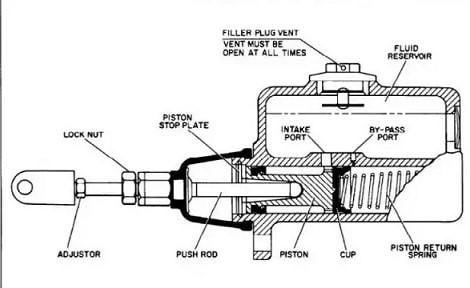

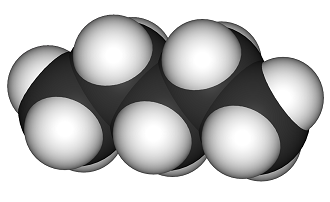
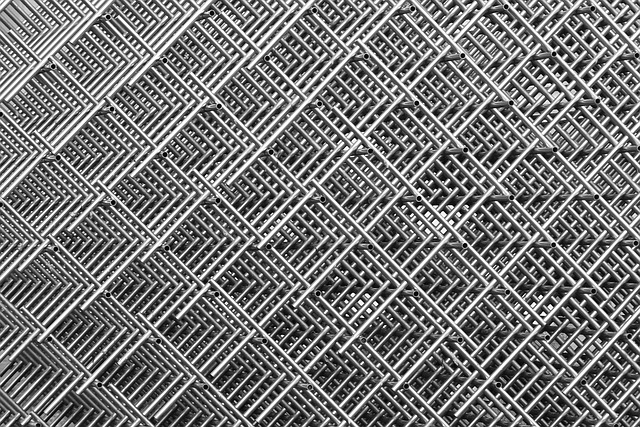



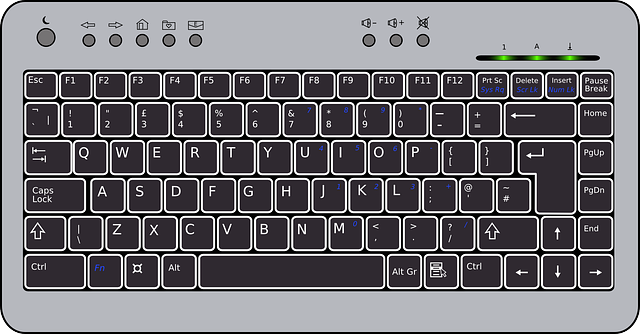












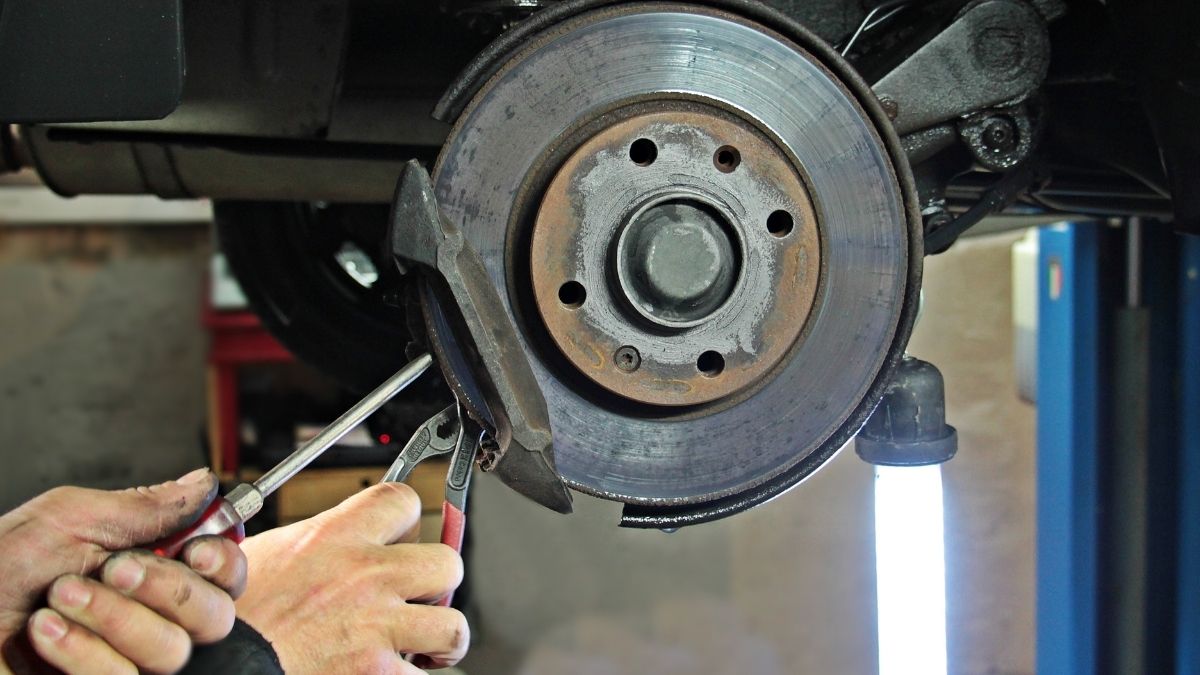

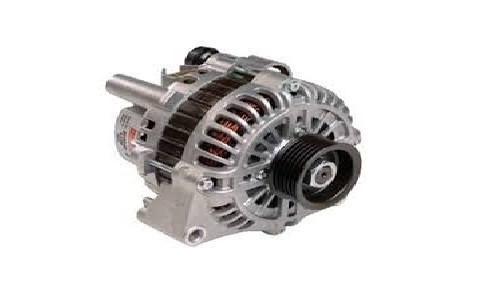

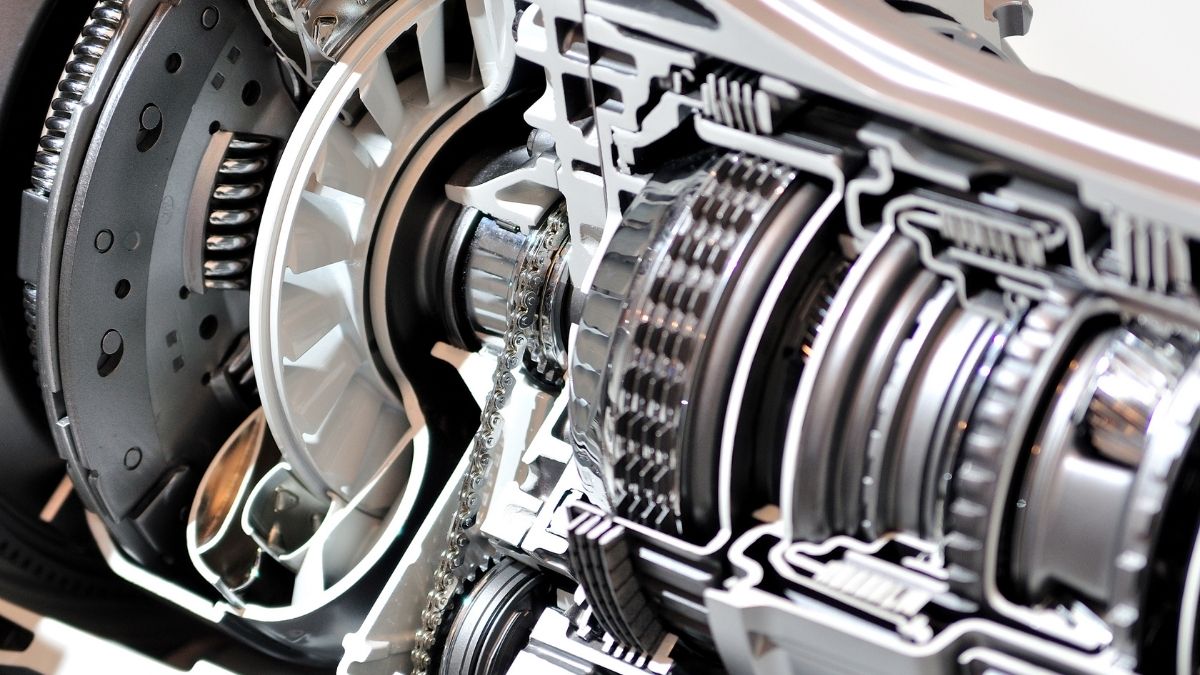




Comments on “Overdrive in Automobile – Detailed Guide”